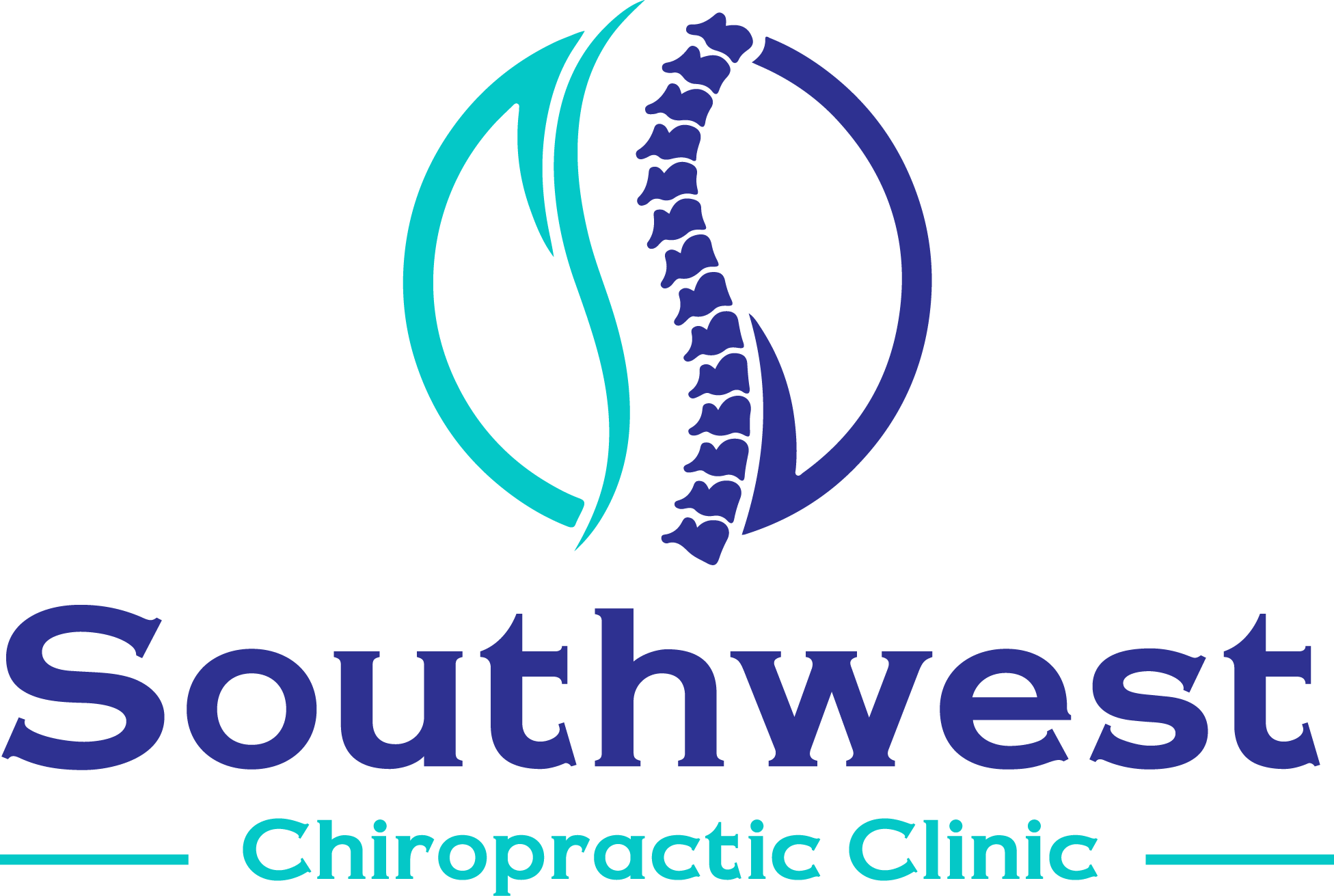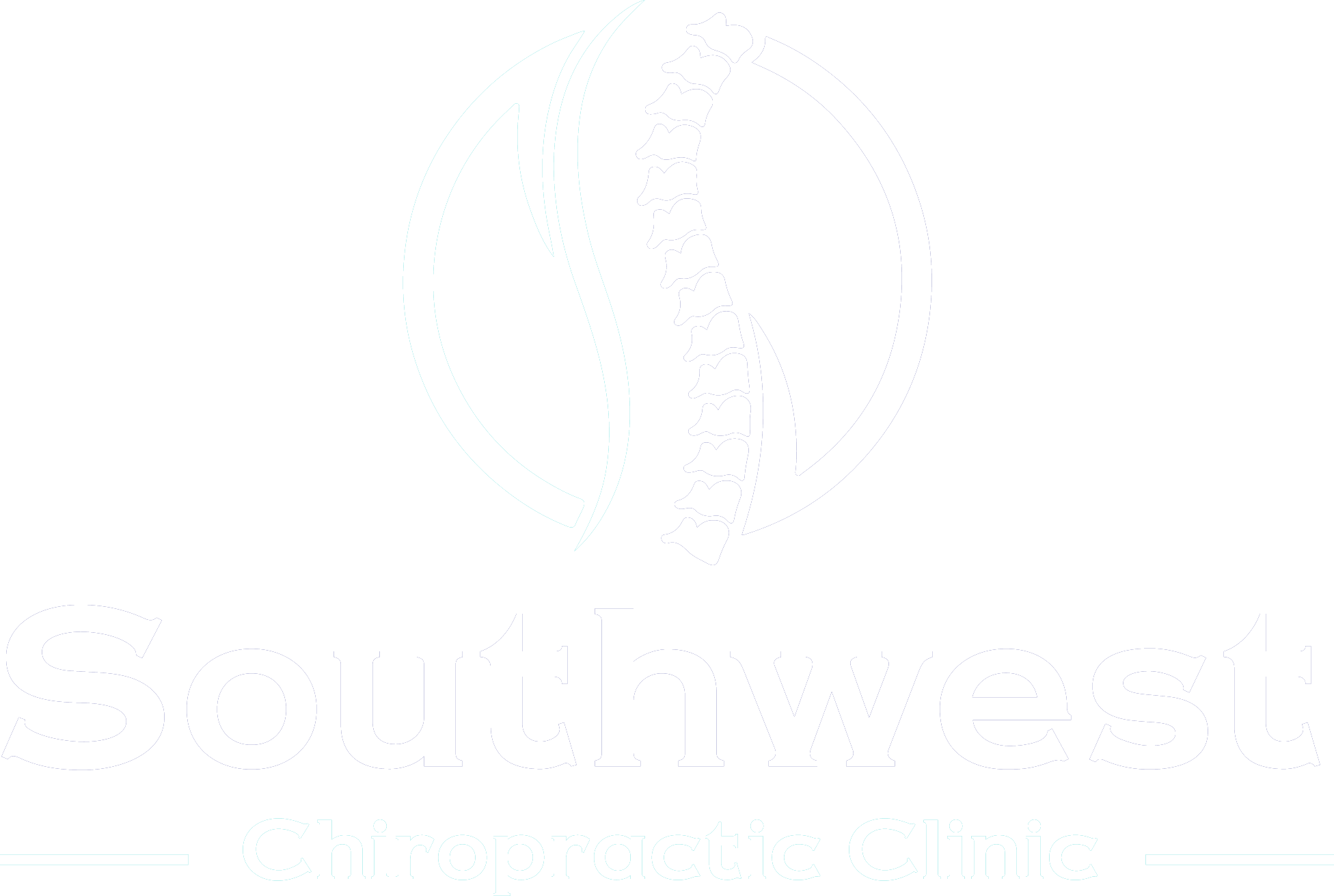Our
Services
What Is Chiropractic ?
Chiropractic
Chiropractic deals with the diagnosis and treatment of disorders, which affect your joints, muscles and the nervous system. Interference in the way these structures work together may affect their function and your body’s health. Chiropractic treatment aims to restore normal function of your joints and muscles as well as your nervous system. Wear and tear of your joints may cause degenerative changes and this can lead to painful conditions.
Chiropractic treatment cannot reverse such degenerative changes but it can help to improve joint and muscle function and reduce nerve irritation. The word chiropractic translated from its Greek origins means “done by hand”. True to the original meaning the treatment method itself is very much hands on. Treatment mainly involves joint manipulations and/or mobilisations, massage of muscles and other tissues utilising various techniques.
Other forms of treatment may also be applied, such as dry needling (a form of acupuncture to treat trigger points), exercises, heat and ice.
Chiropractic focuses to treats the origin of your pain and helps your body to heal itself without medication.
How Safe is Chiropractic ?
Chiropractic is a safe form of manual therapy and have very few risks compared to some other treatments. Chiropractors are university trained and regulated professionals. They are trained to use manual treatment techniques in a safe and effective manner, and they will always take into account the patient’s medical history and any other relevant factors when providing treatment.
However, as with any form of medical treatment, there is always a risk of complications or adverse reactions. For example, some people may experience mild soreness or discomfort after treatment. Serious side effects are extremely uncommon. Your chiropractor will discuss any possible risks during your consultation and before any treatment commences.
It is important to communicate with your chiropractor about any concerns or questions you may have before starting treatment. They will be able to address any concerns you may have, and they will also be able to explain the potential risks and benefits of the treatment.
What To Expect On Your First Visit
With Your Chiropractor

Consultation
Your chiropractor will ask you some questions first about your complaint and your medical history. This information is needed to establish a picture of your overall state of health. It is advisable to bring any relevant medical documents and/or recent scan reports such as for x-rays, MRI or CT scans, if you have them. This will help the practitioner to better understand your condition and tailor the treatment accordingly.

Physical examination
After the consultation, your chiropractor will perform a physical examination, which may include observing your posture and movement, testing your range of motion, and feeling for any areas of tension or pain to find the cause of your symptoms.

Diagnosis
After the consultation and physical examination, your chiropractor will make a diagnosis and explain it to you. They will explain what is causing our symptoms and the best course of treatment. An individual treatment plan will be given so you know, how many treatments it may take and what to expect during the treatments.

Treatment
You will then receive a treatment, if it is appropriate. This may include manual techniques such as manipulation, mobilization, and soft tissue therapy. Sometimes treatment may be delayed if x-rays or other investigations are required. You will also receive advice on lifestyle changes, posture, diet and how to look after your back at home and at work. You will be encouraged to get actively involved during your recovery period to compliment your chiropractic treatment and help prevent future injuries and promote overall well-being.

Follow-up
Your chiropractor may schedule follow-up appointments to monitor your progress and make any necessary adjustments to your treatment plan. It’s important to note that the first visit may take longer than a regular visit, usually around 45 minutes.
You should wear comfortable clothing that allows for movement and freedom for the practitioner to examine and treat you. We also have gowns available for you to change into.
Chiropractic can offer safe, effective and non-invasive treatment for the following conditions
- Low Back Pain
- Back Pain
- Neck Pain
- Arm & Shoulder Pain
- Frozen Shoulder
- Headaches
- Hip Pain
- Knee Pain
- Leg pain
- Trapped Nerves
- Muscle Pain
- Joint Pain
- Work Related Injuries
- Sports Related Injuries
- Car Accident Injuries
- chiropractic only
Chiropractic Is For The Whole Family
People of all ages can benefit from chiropractic care. Women during and after pregnancy, babies and children etc.
Please ask your chiropractor for more information.

